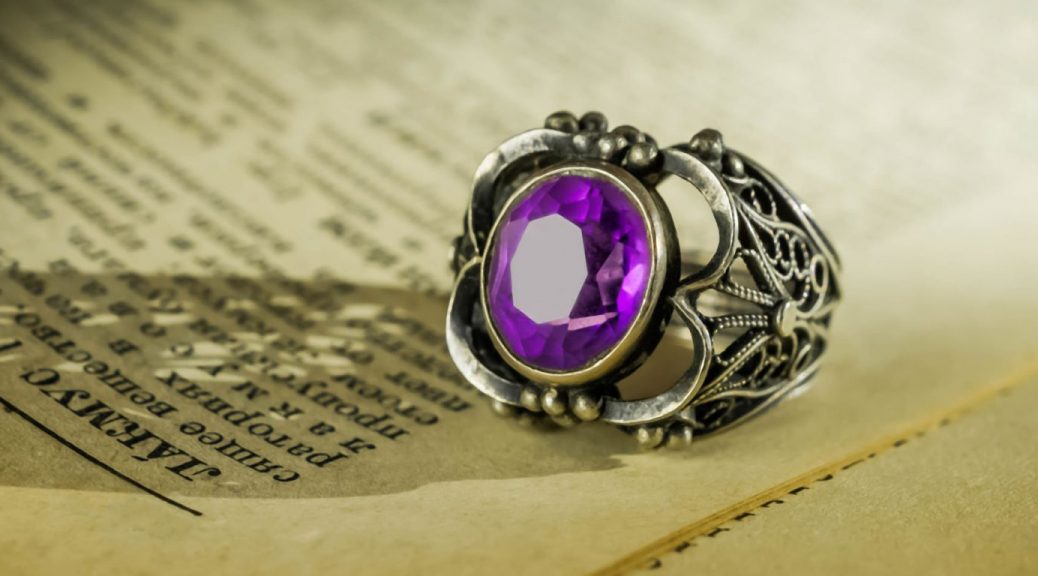
Birthstones are a long and ancient jewelry tradition. According to legend, wearing a birthstone during its associated month blesses the wearer with healing powers that are almost magical in nature. They go back to the days of the ancient Egyptians, Incas, Aztecs, and Romans, and, in fact, are mentioned in the Bible. Religious tradition suggests that Aaron, the brother of Moses, first wore a breastplate containing 12 gemstones to represent the 12 tribes of Israel.
With that much history and tradition behind them, you’d expect the list of birthstones to be set in, well, stone, right? Actually, the National Association of Jewelers last updated the list just in the last few years. Despite their legendary B.C. status, birthstones are not exactly the 10 Commandments.
But like other forms of jewelry, birthstones do help us connect to tradition and recognize the memorable moments that make life special.
They make perfect gifts for birthdays, anniversaries, graduations, Mother’s Day, Father’s Day, bar mitzvahs, and First Communions. They are great for bridal jewelry, engagement jewelry, or custom jewelry. Birthstones are beautiful — they add just a touch of personalization to make a gift truly special.
Here’s a brief guide to birthstones and their specific months, as well as their associated sentimental meanings and traditions.
January: Garnet Birthstone
Garnet is the birthstone for January. Derived from the Latin word for seed “granatum” January’s garnet birthstone is typically the gorgeous color of a red pomegranate seed. Other varieties include orange and green. The Garnet birthstone symbolizes eternity, faith, and truth.
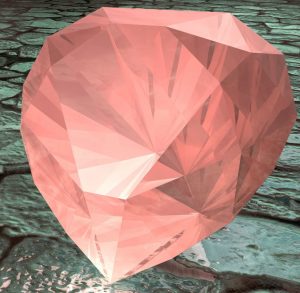
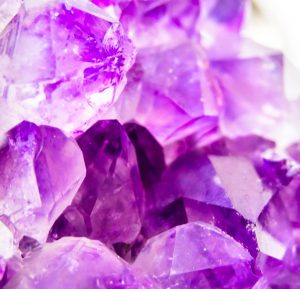
February: Amethyst Birthstone
Maybe it’s just the nature of February — but the name of Amethyst just so happens to originate from a Greek word for intoxication. This purple quartz is beautiful, traditionally known as the “jewel of the Gods.” The ancient Greeks even believed wearing this stone would prevent them from getting drunk. We don’t know about all that, but Amethyst certainly imbues a sense of royalty and good fortune — just what you need to survive the gruel of February. This birthstone symbolizes good health, luck, and wittiness.
March: Aquamarine Birthstone
March’s Aquamarine birthstone has a beautifully light and soulful blue dazzle, a perfect segue into spring. The name Aquamarine stems from the Latin word “aqua” water, and “marina” sea. Formed from the mineral species beryl, large jewels of this birthstone tend to be very vibrant in color. Because of its ideal hardiness around 7.5, this gem tends to make a perfect jewelry piece. The aquamarine birthstone symbolizes happiness and understanding.
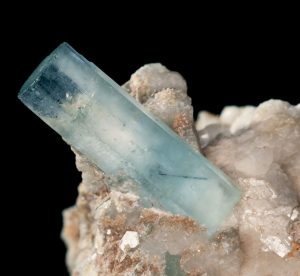
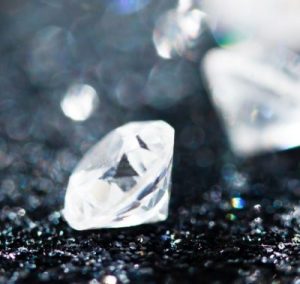
April: Diamond Birthstone
Turns out both diamonds and the month of April are a girl’s best friend — because who doesn’t love April? Stemming from the “adamas” meaning unbreakable and “diaphanus” for transparent, the diamond is a hardened perfection of geological formation. One of the most important gems of the modern age, diamonds are thought to provide strength and clarity in the face of stress and adversity. Perhaps that’s why they are so iconic as engagement and wedding rings. Many associate diamonds with love.
May: Emerald Birthstone
Emeralds tend to have a majestic, green hue that’s the perfect incarnation of spring and May flowers. The name for this birthstone is based on the Greek ‘smargados’ – meaning simply green stone. One of the more rare gems, Emerald’s rich color was a favorite of royalty to embed in crowns, rings, and scepters. This birthstone traditionally symbolizes fidelity, goodness, and love.
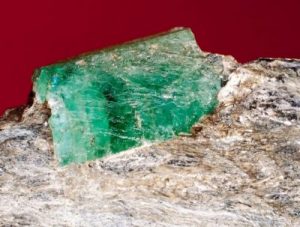
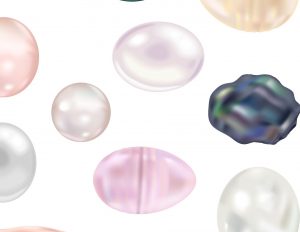
June: Pearl & Alexandrite Birthstones
The Greeks love June so much they gave it 2 birthstones — Pearl and Alexandrite. Pearls are unique in that they are the only gems created by living creatures — formed inside oysters and mussels from a piece of agitating sand or stone a process that can take 8 years! The name Pearl comes from the Latin “perna,” which means leg a metaphorical reference to the leg-of-mutton shape of a mollusk shell when it’s open.
The uniqueness of Alexandrite is it changes colors depending on the light. It tends to appear bluish green in daylight and purplish red under the incandescent light of night. (Sound like anybody you know?) Alexandrite symbolizes creativity, imagination, and zest. Named for Czar Alexander II, this gem was first discovered in a Russian emerald mine.
July: Ruby Birthstone
One of the rarest and most precious naturally mined gemstones, July’s Ruby birthstone has symbolized love, health, and wisdom since — well, the days knights slew dragons for the honor of a princess on a summer’s day. Rubies come from the “corundum” mineral species – second only to diamonds for hardness and durability. Royally zesty, the deep red color of this gem inspires energy, passion, and prosperity.
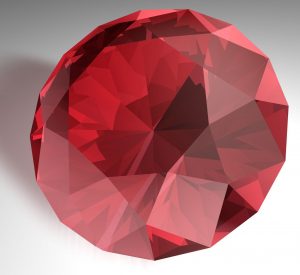
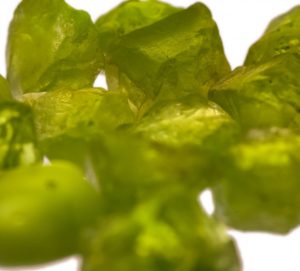
August: Peridot Birthstone
August’s Peridots are formed deep inside the earth and brought to the surface by the fire and power of volcanos — quite the love story, right? It’s the only gemstone that forms in solely one color — green, with shades ranging from lime green to olive. Peridot is thought to inspire clarity and happiness, truth, and understanding. Known as the gem of the sun, it is associated with prosperity and good fortune. The ancient Egyptians believed Peridot guarded the wearer against nightmares.
September: Sapphire Birthstone
Most people probably picture blue when they think of September’s Sapphire birthstone, but the truth is they come in nearly all colors outside of ruby red. Sapphire is traditionally meant to celebrate 5th and 45th wedding anniversaries, though it’s also popular for engagement rings and wedding rings. Symbolizing loyalty, sincerity, and integrity, sapphires have been traditionally thought to stabilize the mind. It was even believed to be a cure for insomnia! The Greeks used it for guidance and mysticism and Buddhists refer to it as an inspiration for spiritual enlightenment.
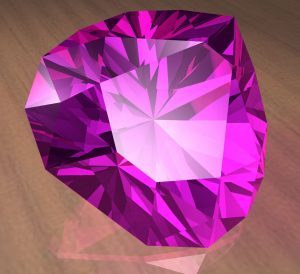
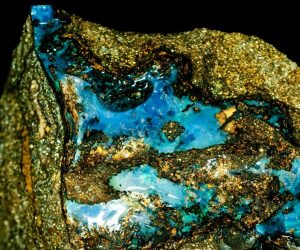
October: Opal Birthstone
October’s Opal birthstone symbolizes love, faith, and confidence. Beautifully untraditional, the word Opal comes from the Greek word “opallios,” meaning “to see a change of color.” Like fingerprints and personalities, each Opal is one-of-a-kind, featuring its own distinct color combination. Move an Opal into the light and the color playfully dances with vibrancy. The beauty of this gem is its eclectic magnificence — perfect for wearing with a variety of fashionable colors.
November: Citrine
French for “lemon,” November’s Citrine birthstone symbolizes vital energy. It was a popular stone of merchants because it was believed to attract wealth and prosperity. Colors range from yellow to brownish red. Folklore suggests it boosts the circulatory system and could inspire regeneration. Traditionally known as the healing quartz, Citrine was even used as protection against snakebite and evil thoughts.
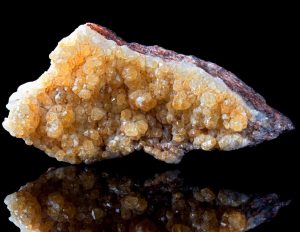
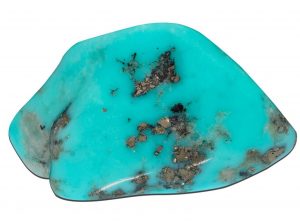
December: Blue Zircon, Turquoise, & Tanzanite
Because the year might as well go out with a bang, December is the only month to have 3 birthstones — Blue Zircon, Turquoise, & Tanzanite. Each shares an iconic blue color that’s unique in its own way — fashionable and festive.
An underrated but a spectacular natural gem, Blue Zircon comes in a wide range of colors. In the Middle Ages, people believed it induced sleep, promoted prosperity, and protected the wearer from evil.
Stemming from the French word “tourques” for Turkish stone, Turquoise was first introduced to Europe along the Silk Road in the 1200s.
Found only in Tanzania in East Africa, Tanzanite is traditionally believed to inspire awareness in consciousness and creativity.

